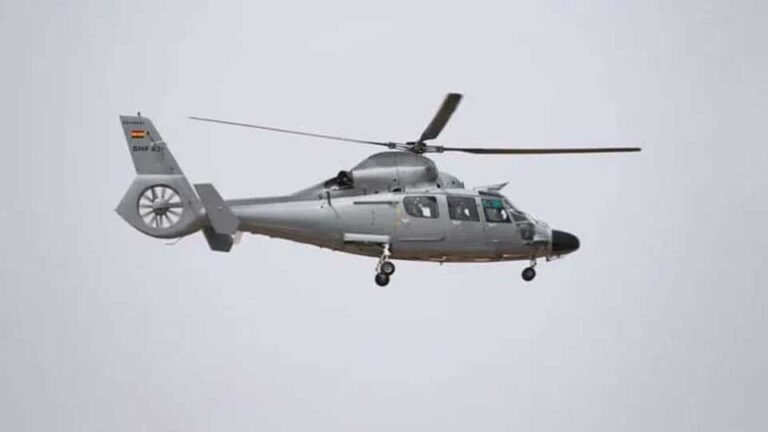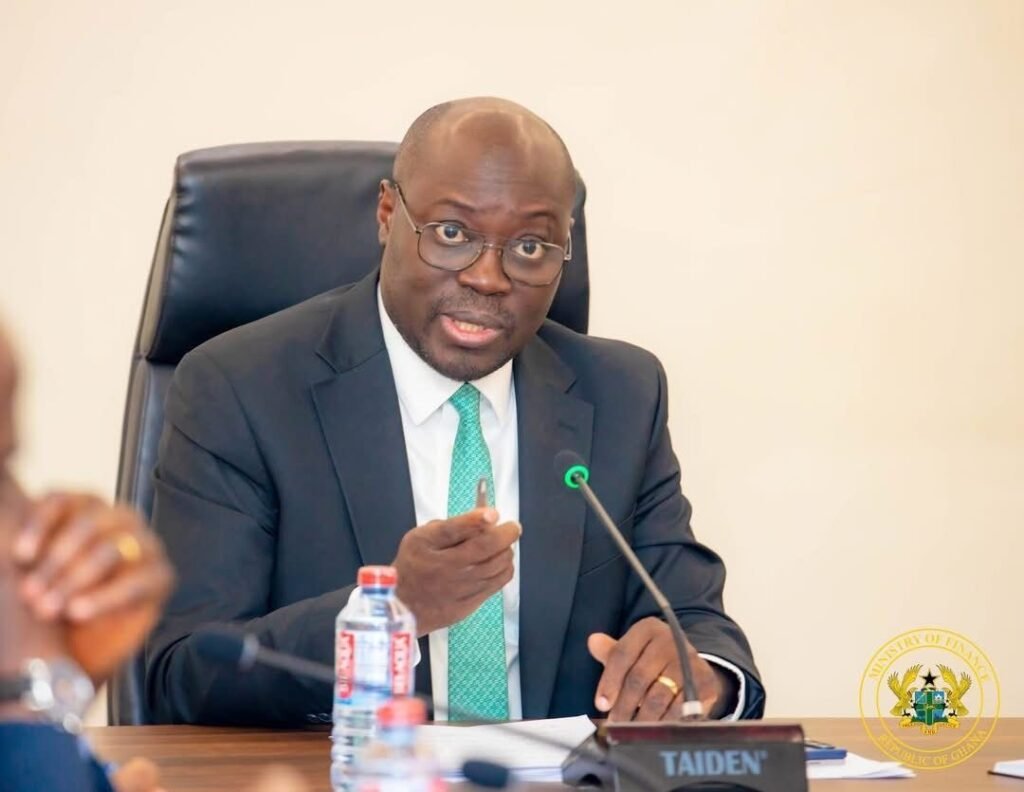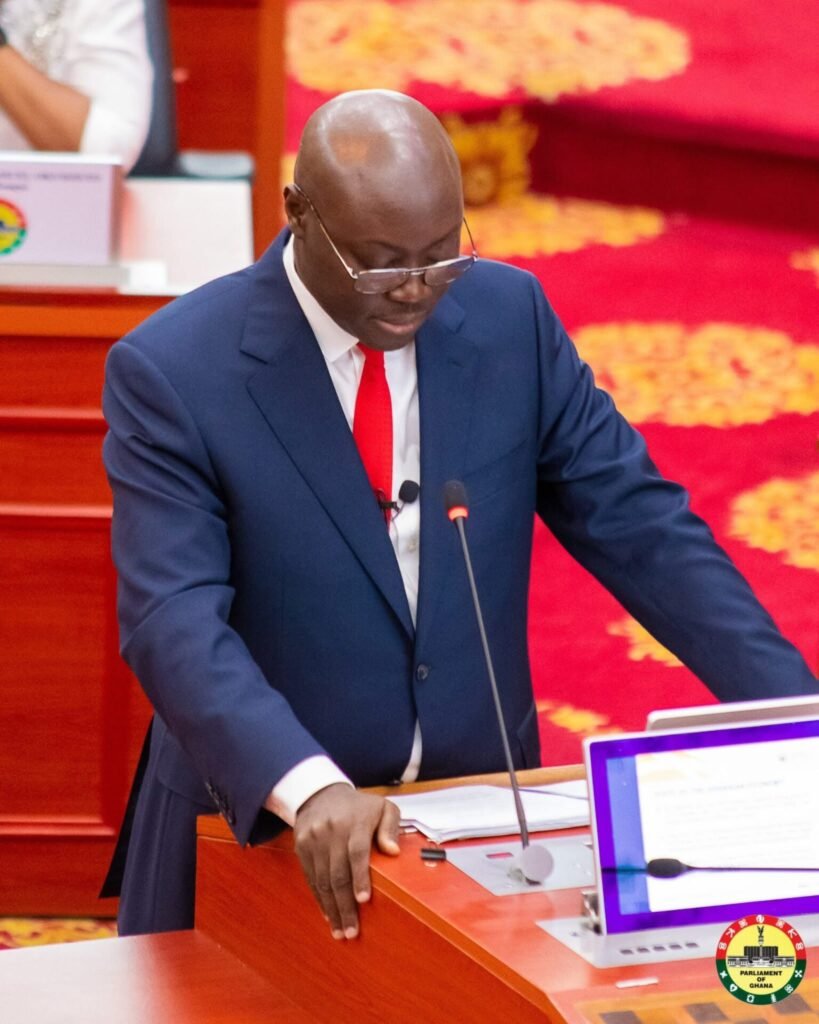The investigations board looking into the fatal Ghana Armed Forces helicopter crash that occurred on August 6, has concluded that the crash was a weather related accident.
According to them, the crew encountered terrible weather and poor visibility conditions on the day of the flight.
Presenting the findings on Tuesday, November 11, Aircraft Accident Investigator Captain Paul Forjoe said the assessment showed that weather conditions were extremely poor across southern Ghana on the day of the accident.
He said visibility was dangerously low along the route, with eyewitnesses in Brofoyeduru and surrounding areas reporting thick fog and rain.
“From eye witness accounts, the visibility was down to close to 200 meters at some point,” he said.
“The weather in southern Ghana was poor on the day which delayed departure for an hour,” he added.
“There was no formal information on the weather available to the pilots along the flight’s route.”
Explaining the sequence of events leading to the crash, he said the helicopter departed Accra under Visual Flight Rules (VFR) despite marginal weather conditions.
“The flight departed Accra under visual flight rules in marginal weather. The flight to Brofoyeduro was uneventful,” he said.
“As the flight approached Obuasi, visibility deteriorated rapidly due to mist and low clouds,” he continued.
“At 9:55 the crew entered IMC, which is Instrument Meteorological Conditions. This means they no longer could stay away from the clouds so they flew into clouds.”
He explained that at that point, the crew switched to Instrument Flight Rules (IFR).
“What it means is they now transition from navigating using visual cues to now navigating solely on the aircraft’s instruments,” he explained.
The report indicated that the crew began a climb to cross high terrain, but soon lost height unexpectedly.
“The crew then initiated a climb to cross terrain. Seconds before impact, the crew stated that they could see the high ground below, so they had gone over it,” Captain Forjoe said.
“Suddenly thereafter the helicopter that was flying up, without any change in its power or pitch, suddenly lost height and impacted a ridgeline at about 1,370 feet above sea level, and this is about six and a half miles from the destination. This happened at 9:58,” he added.
Captain Forjoe said the board identified several key factors that contributed to the crash.
“There was adverse weather, there was limited visibility, there was rising terrain with its terrain-induced complicating factors, and there were no ground-based navigational aids en route,” he said.
He explained that the immediate cause of the accident was the aircraft’s sudden loss of altitude and lift due to a downdraft, which is a dangerous downward wind current that can force an aircraft toward the ground.
“The investigation determined that the accident was caused by the sudden loss of altitude and lift due to downdraft,” he said.
“This loss of altitude without change in power or pitch attitude is consistent with downdraft associated with changing environmental conditions over high terrain,” he explained.
The August 6 crash claimed the lives of eight people on board, including senior government officials and military officers. The deceased were Minister for Defence Dr. Edward Omane Boamah, Minister for Environment, Science, Technology and Innovation Dr. Ibrahim Murtala Muhammed, Acting Deputy National Security Coordinator Alhaji Muniru Mohammed Limuna, Vice Chairman of the National Democratic Congress Dr. Samuel Sarpong, former Parliamentary Candidate Samuel Aboagye, Squadron Leader Peter Bafemi Anala, Flying Officer Manaen Twum-Ampadu, and Sergeant Ernest Addo Mensah.




